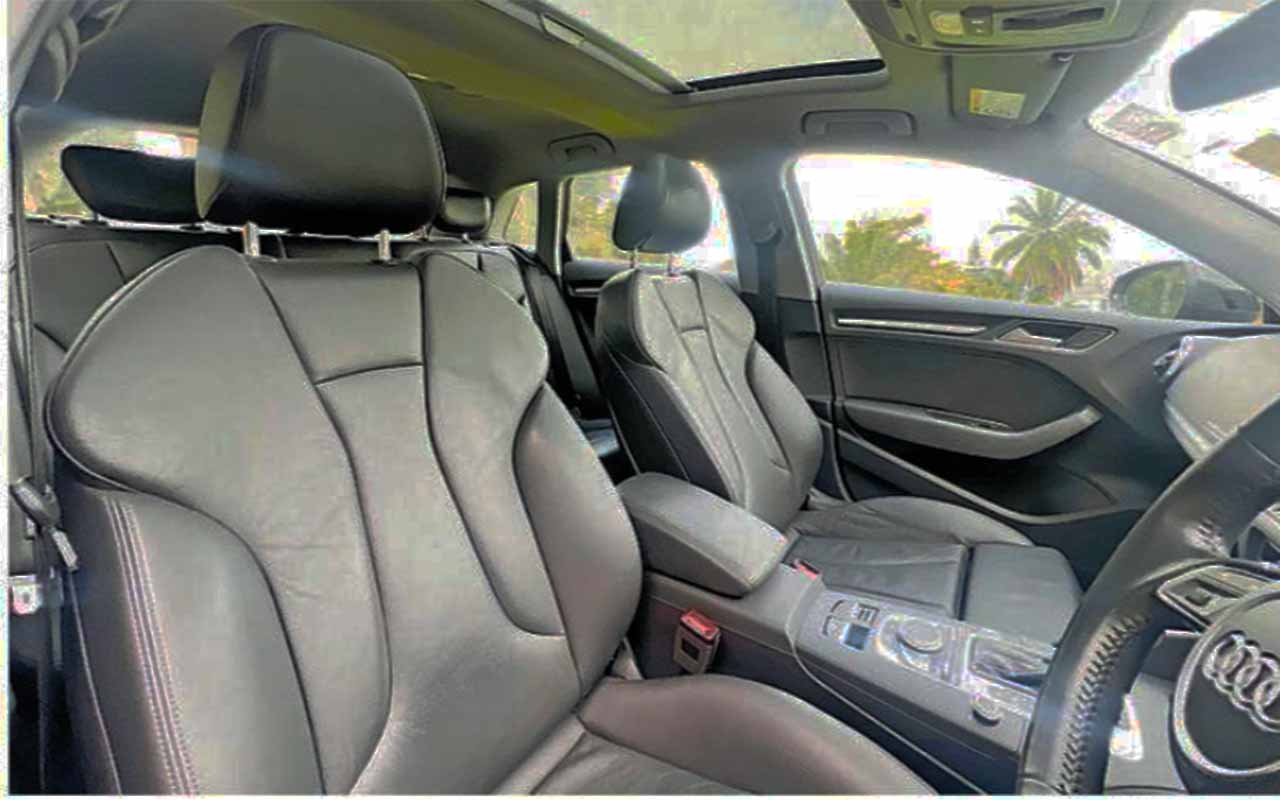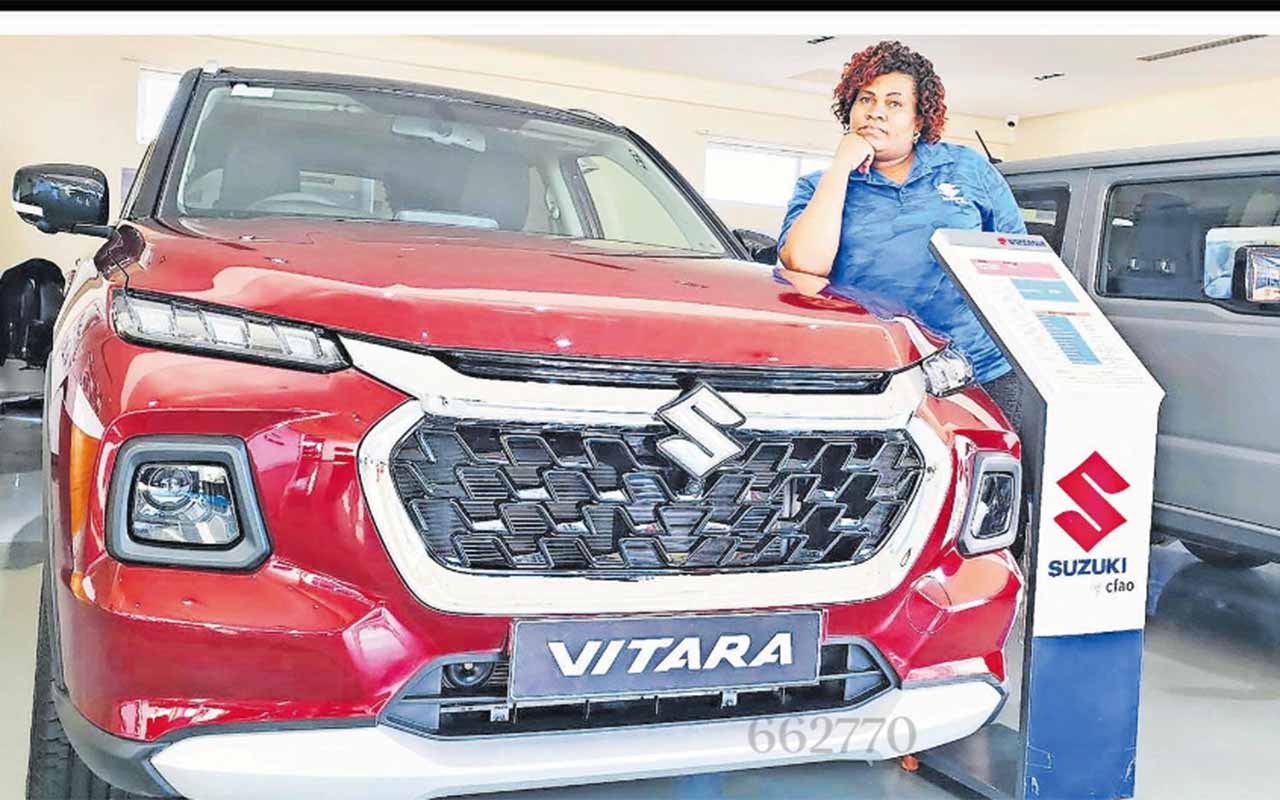Prime
How to overtake safely

Before you overtake, signal to give enough time for the cars behind you to get the message. Keep your turn signal going throughout the manoeuvre. Photo by David S. Mukooza
Overtaking is one of the most important driving aspects to master. If wrongly done, losing a life or lives just takes a blink of an eye. While there are motorists who overtake in short and narrow roads that are within and around Kampala, overtaking is much safer on highways that have less and fast moving traffic.
Use side mirrors
Peace Namayanja, a motorist, who has been driving for the past three years, notes that before she overtakes, one of the first things she does is to look through the driving mirror and the side mirrors to make sure that there is no other motorist driving behind her who also wants to overtake.
“Driving mirrors and side mirrors help me see whether there is a car following mine with intentions of overtaking. It saves me or any other motorist from being rammed into by the motorist driving behind them,” Namayanja says.
Check for vehicles
Alex Kasozi, a motorist, observes that before overtaking, it is wise to first view the road ahead of you to ensure that it is clear. However, this should not be done in a corner where you cannot see whether there is an oncoming vehicle.
Charles Ssebambulidde, the spokesperson of the traffic directorate, says if you overtake in a corner or in a place where the road is not straight, you risk getting into a head-on collision with a vehicle from the oncoming traffic side.
Be patient
Most, if not all highways in Uganda are narrow. You should also not forget that much as these roads are narrow, they were also designed with only two lanes; the outgoing and the oncoming traffic.
This means that you will find certain sections of the road with traffic buildup during rush hours, due to slow moving vehicles or trucks.
Sometimes this buildup traffic occurs regardless of whether it is a straight stretch or an area with corners, in most cases led by a slow moving truck. In such an incident, even if you are in a rush, it is safer to be patient.
Even if a smaller vehicle ahead of you overtakes a number of vehicles at such a spot, do not follow it instantly; wait for your turn to overtake safely.
The disadvantage with a number of cars overtaking at the same time (peer pressure) is that in case of a slight mistake or head-on collision, you will all get hurt.
Aim to overtake
Ssebambulidde observes that after carefully observing that there is no oncoming vehicle, make sure that your vehicle has the capacity of succeeding in overtaking the one ahead of you without stopping or reducing speed.
This is because after realising that they are about to be overtaken, some motorists will also tend to accelerate to stay or remain ahead of the vehicle behind them. “If you are not careful, it is possible for such a motorist to scare you and you find yourself veering off the road.
However, this does not mean that you overtake anyhow simply because your vehicle picks up speed faster. Do it with a lot of cautiousness,” Ssebambulidde warns.
Use indicators
Regardless of whether it is day or night, it is advisable never to overtake without indicating to communicate to the motorist behind you of your intentions to overtake. Indicating is a sign of asking the motorist following you to be patient and wait for their turn to overtake safely.
Create space
One of the common mistakes done by motorists is to drive close to the vehicle they intend to overtake. While this is risky to yourself and the motorist you are following by increasing the chances of ramming into their car from behind, it leaves you no room to decide defensively in case they also randomly decide to overtake at the same time as you intend to. “Before overtaking, create atleast a five-car space between the car you are driving and the one you intend to overtake.
The space you create allows you time to read other motorist’s behaviour before you embark on overtaking. It also allows you the chance to overtake safely,” Ssebambulidde explains.
Check for hazards
Autocarindia, an online portal, advises that as you move out, look for any hazards hidden ahead of the vehicle you are about to overtake. Does the car/truck need to move right to avoid a stationary vehicle, pedestrians or any other hazard?
Just because you see a decent gap in traffic does not mean you should overtake. Gauge if there is sufficient space available to pull out of your lane, overtake the vehicle ahead and get back to your lane without any chance of colliding with an oncoming vehicle. At times, you might need to wait, observe and trail the vehicle in front for a few minutes in order to gauge whether it’s safe to go past.
Stick to your driving patterns
Overtaking on wet roads and at night
This poses the biggest hazard and is something you need to be extra wary of.
•At night you can see only as much as the spread of the headlamps allow.
•Check that the windscreen is clean, its washing fluid is topped up and that the wipers are working fine.
•Avoid getting too close to the sides of the road as the accumulated mud, slush and leaves are likely to reduce traction and could result in a dangerous skid.
•There is less grip on wet roads. It affects braking and speeds at which you can take corners.
•While changing lanes on dual carriageways, be careful on the painted lane markings as they do not offer sufficient grip, especially under wet conditions.
•Check the state of your tyres and whether they have sufficient tread.




